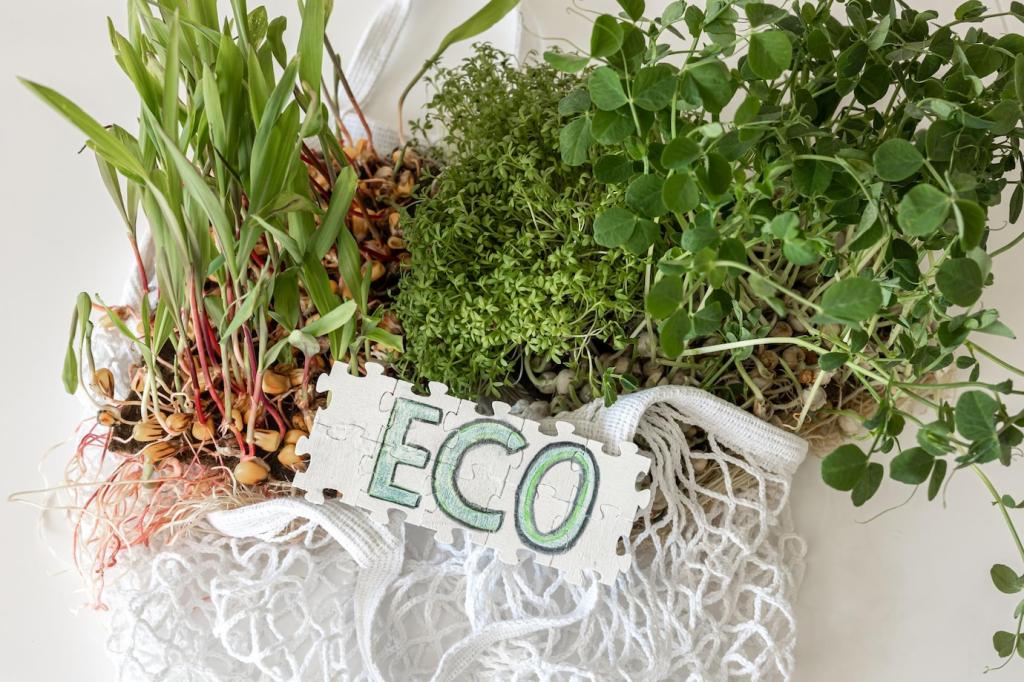Sourcing Smart: Certifications and Transparency
FSC and PEFC signal responsibly managed forests, but chain-of-custody documents prove the certified wood actually reached your piece. Request batch numbers and mill details. A small maker shared a QR code linking to their sawmill audit—an impressively open step. Tell us which labels you look for when shopping.
Sourcing Smart: Certifications and Transparency
Cradle to Cradle evaluates safety, circularity, and energy, offering clearer cues on a product’s full lifecycle. We compared two finishes: one silver-rated, one unrated; the former simplified disposal planning. Want our certification cheat sheet for quick decisions in showrooms? Subscribe and get the printable guide.







